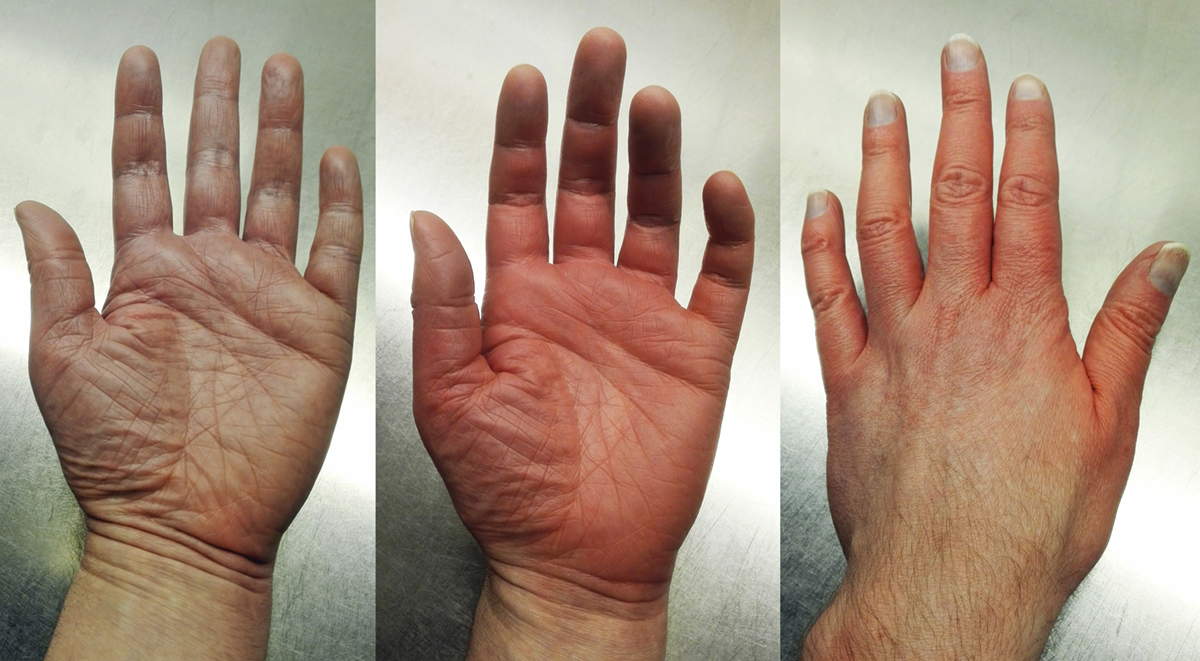Table of Content
Medical treatments for allodynia also have side effects, especially if the treatment involves opioids. Opioids are routinely given after surgery to help minimize pain. However, according to new research, opioids may increase the risk of chronic pain. Having chemotherapy, surgery, or a traumatic injury can also increase the risk of having allodynia.
This can cause the nerve endings to release higher quantities of neurotransmitters, leading to nerve inflammation. It can affect different parts of the body depending on the type of allodynia and the underlying cause. Allodynia is different from hyperalgesia, although a person may have both.
Treatment: How to Treat Allodynic Pain
30.Smart KM, Wand BM, O'Connell NE. Physiotherapy for pain and disability in adults with complex regional pain syndrome types I and II. Many patients erroneously believe opioids are effective for chronic neuropathic pain. These potentials work similarly to somatosensory evoked potentials. Instead of a sensory stimulus, laser-generated heat pulses and contact-heat evoked potentials use lasers and heated instruments, testing thermal pain perception, thereby measuring delta fibers.

They'll ask about your headaches, sensitivity to touch, and other symptoms. These headaches also can make your nerves so sensitive that even the slightest touch hurts. This is called allodynia, which means "other pain." Up to about 80% of people with this condition have allodynia during an attack. Sodium channel blockers, calcium channel antagonists, and anticonvulsants act to increase firing thresholds and are generally effective in treating allodynia and neuropathic pain. However, selective serotonin reuptake inhibitors have yielded mixed to disappointing results, and are not a recommendation for the treatment of allodynia.
Prevention[edit | edit source]
Testing for coordination will often reveal subtle motor neuron deficits. If the patient is testing poorly on strength, try to ascertain if it is genuinely due to muscle weakness, or if it is due to pain leading to decreased effort. Review the role of interprofessional team members in managing allodynia. Here are the answers to some questions people often ask about allodynia. People have tried cupping and acupuncture, but there is not enough research to confirm they will help. Since they involve touch, they may not be suitable for everyone with allodynia.
Instead of reaching for over-the-counter medicines, many people are opting to try natural remedies to help improve allodynia. Some of the natural treatments like topical creams, moderate to light exercises, relaxation, and special diets help to control allodynia. The course and complications of allodynia will vary depending upon the cause of allodynia. In general, allodynia often worsens over time as crisscrossed neuronal synapses make stronger connections. Allodynia can have a substantial negative impact on mental and emotional health, due to the distress caused by continual pain.
Related to Migraine & Headaches
If treatment doesn’t relieve your pain, ask your doctor about mental health counseling. These services might help you learn to adjust to your changing physical health. For example, cognitive behavior therapy can help you change how you think about and react to difficult situations. One of the things we’ve learned is that allodynia predicts headache progression.

If you experience migraine headaches, certain foods, beverages, or environments might trigger your symptoms. Consider using a journal to track your lifestyle habits and symptoms. Once you’ve identified your triggers, take steps to limit your exposure to them. Depending on the underlying cause of your allodynia, your doctor might recommend medications, lifestyle changes, or other treatments. If they suspect you might have diabetes, your doctor will likely order blood tests to measure the level of glucose in your bloodstream.
What Are My Treatment Options?
This web site is for informational purposes only and should not be used as a substitute for the medical advice or services of your health care providers. Changes in nerve signals and chemical activity in your brain trigger this type of headache. He spoke with us about allodynia and migraine research, and how to talk to your doctor about treatment. Once your headache goes away, the allodynia usually eases up.
Medications like lidocaine or prebagalin can be effective in relieving symptoms of allodynia. The same is true for certain antidepressants such as amitriptyline. The diagnosis is issued by a doctor after he has carried out several clinical tests.
The most common sites for nerve blocks for chronic pain are intercostal nerves and the trigeminal nerve. They can be quite effective but often are of relatively limited duration, in the order of hours to months. Lastly, surgical ligation of nerves is another option and may be a permanent solution to focal allodynia, such as post-vasectomy allodynia. Be sure to have an updated list of medications to spot possible iatrogenic neuropathy. Please refer to the differential diagnosis section for a list of diseases that can cause allodynia.

Patients with back pain, I only see that on a daily basis. The problem is that most people consult only when their pain becomes intolerable. Helping people who are in pain before their pain becomes chronic and requires surgery.
Many people with allodynia say their skin is sensitive to touch. They usually describe the pain as sharp, stinging or burning. Healthcare providers don’t know exactly how many people have allodynia.


No comments:
Post a Comment